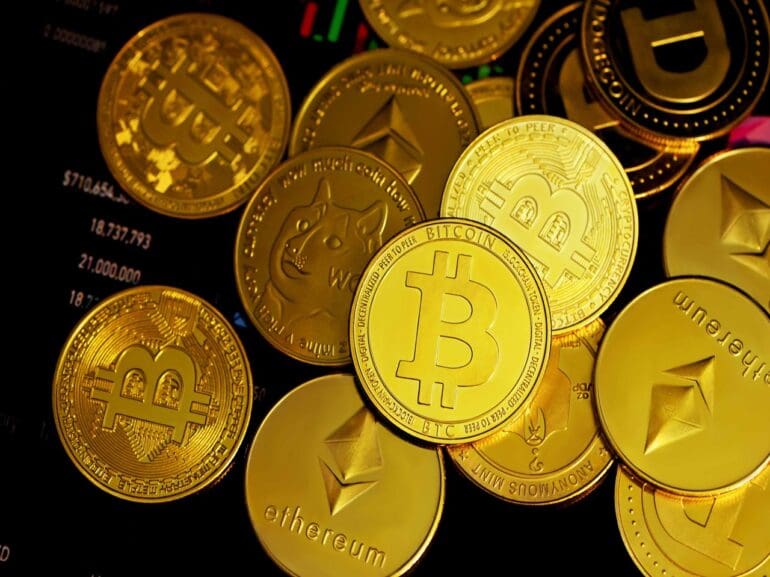The International Monetary Fund praised Brazil’s central bank’s digital currency recently, calling it the regulator’s “flagship initiative” to deepen the reach of digital financial services in Latin America.
“The Brazilian central bank is at the forefront of financial innovation,” the multinational agency said in a report, as the regulator is undertaking pilot tests for the Digital Real. The IMF underscored the bank’s previous and “highly successful” instant payment system Pix, which saw millions of Brazilians turn to the digital economy for the first time since 2020. Now the new CBDC project would build on top of that, reaping the benefits of emerging blockchain technology and promoting further innovation.
In 2021, Central Bank Governor Roberto Campos Neto announced the Digital Real initiative, which is now in full swing. Despite the inauguration of a new president in Brazil this year, the project’s roadmap remains steady and on track. This March, the bank began pilot tests to explore the technology and its potential use cases in the financial system. It expects to release the CBDC in full by the end of next year.
Various banks worldwide are looking into the advantages of cryptocurrencies and blockchain technology. However, the IMF sees Brazil’s CBDC project as distinct from others. While many regulators in emerging markets prioritize financial inclusion, the fund contends that Brazil’s Pix system has already addressed this aspect. The Digital Real introduces an additional layer of innovation, the fund said, as a “smart platform” which seeks to harness the benefits of a public blockchain in a safe and reliable environment.”
IMF is supportive of CBDCs
The fund has been particularly supportive of CBDCs in recent years, especially as the rise of stablecoins has created a threat to fiat currencies. It argues that CBDCs could share many of the benefits that make stablecoins so attractive in developing markets today.
In a recent report, it argued stablecoins are more enticing than crypto because of their low volatility. The Bank for International Settlements, an institution owned by central banks, said that they pose a “threat to fiat currencies in the absence of a CBDC”, and that initiatives such as Pix were a “line of defense” against the use of crypto.

“Local initiatives in Brazil were born well aligned with the guidelines of international organizations,” said Carlos Augusto de Oliveira, executive director at ABFintechs, in an interview. Private companies are working closely with the central bank to unveil the new project. “The market is working together with the idea that a convertible stablecoin controlled by the central bank will be launched by the end of 2024.”
The Digital Real, however, would not be made available at first to the broad public. End-users will only have indirect access to it through financial and payment institutions. “The goal of the CBDC is to provide a secure platform for the private sector to create innovative solutions using new technologies,” the IMF said.
“The CBDC, as well as the digital economy as a whole, can provide access to the digital world for the unbanked,” Carlos Alberto Durigan, Associate Researcher at the UCL Center for Blockchain Technologies, told Fintech Nexus. He said the technology will reduce transaction costs for individuals and companies, and reduce dependence on branches and physical currencies.
The case for a digital euro heats up
The case for digital currencies controlled by a central bank is heating up across the globe. Several regulators, including the European Central Bank (ECB), are exploring the idea. Recently, the European Commission published a draft legislation on the digital euro as an alternative to cash.
The ECB president, Christine Lagarde, said earlier this year that the digital euro could offer reliable payments within the eurozone without replacing physical cash. This move seeks to maintain the euro’s importance while embracing the advantages of digital currencies.
“When you look at your wallet, and you look at your telephone and see the applications that you use for payments or the cards that you use for payment, you very soon realize that those means of payments are not necessarily European,” she told a virtual panel on central-bank digital currencies hosted by the Bank for International Settlements. “So we just have to be careful,” she added. “Some people will call it autonomy; I prefer to call it resilience because that’s really what it is.”


